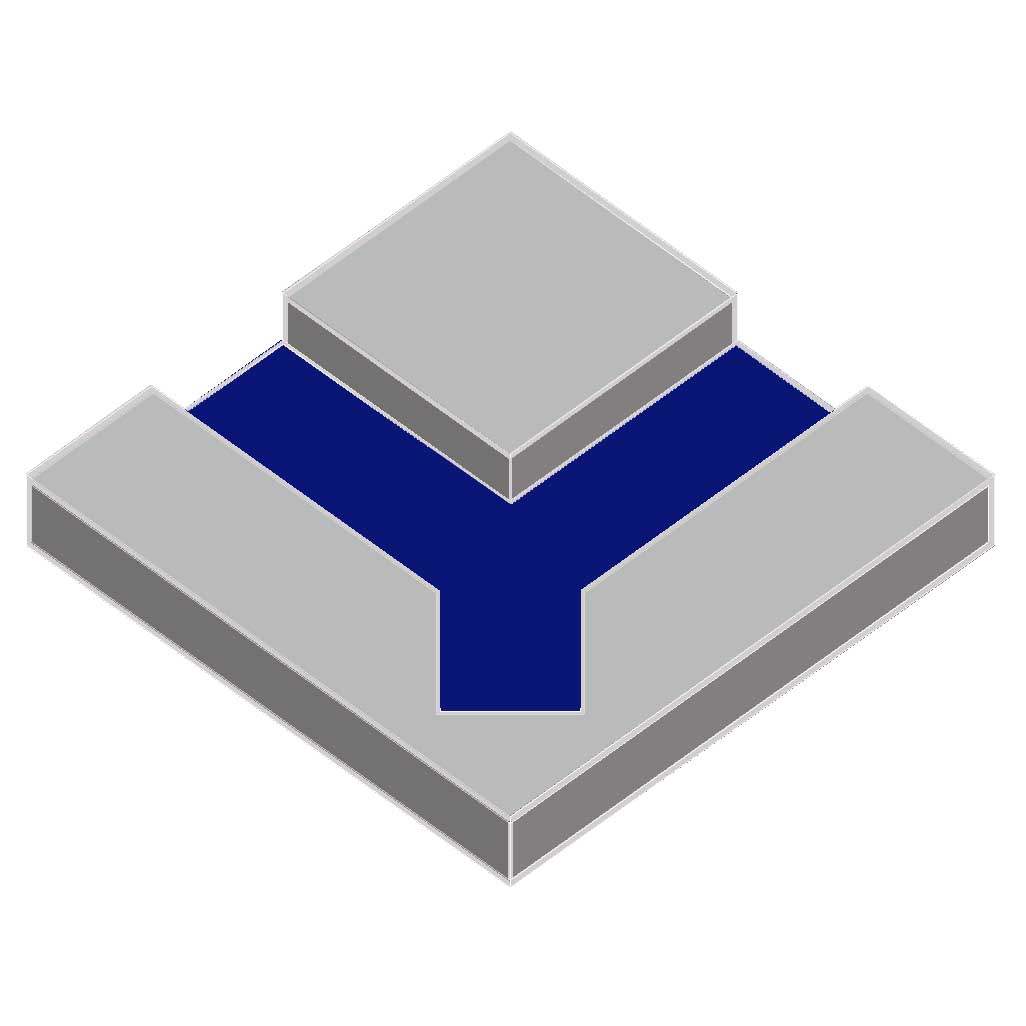Due to the complexity of
CNC Machining (such as different machine tools, different materials, different tools, different cutting methods, different parameter settings, etc.), it is decided to engage in CNC
Machining (whether machining or programming) to reach certain The level must pass a relatively long period of time. This manual is summarized by the engineers of the laboratory in the long-term actual production process. Some aspects related to the numerical control machining process, the process, the selection of common tool parameters, and the monitoring during the processing. A summary of the experience, for everyone to participate.
I. Q: How to divide the processing process?
A: The division of CNC machining operations can generally be carried out as follows:
(1) Tool concentration sorting method: It is to divide all the parts that can be completed on the part with the same tool according to the dividing process of the tool used. Then use the second knife and the third to complete other parts that they can complete. This reduces the number of tool changes, compresses the dead time, and reduces unnecessary positioning errors.
(2) Sorting method of processing parts: For parts with a lot of processing contents, the processing part can be divided into several parts according to its structural characteristics, such as inner shape, shape, curved surface or plane. Generally, the plane, the positioning surface, and the rear processing hole are first processed; the simple geometric shape is processed first, and the complicated geometric shape is processed; the lower precision part is processed first, and the processing precision requirement is higher.
(3) The method of coarse and fine processing: For parts that are prone to processing deformation, it is necessary to perform the shape correction due to the deformation that may occur after roughing. Therefore, in general, the process must be performed for roughing and finishing. separateIn summary, when dividing the process, it must be based on the structure and process of the part, the function of the machine tool, the amount of CNC machining content of the part, the number of installations and the production organization status of the unit. It is also recommended to adopt the principle of process concentration or the principle of process dispersion, which should be determined according to the actual situation, but it must be reasonable.
two. Q: What should be noted in the determination of the workpiece clamping method?
A: The following three points should be noted when determining the positioning reference and clamping scheme:
(1) Strive to unify the benchmarks of design, process, and programming calculations.
(2) Minimize the number of clamping operations and, as far as possible, machine all the surfaces to be machined after one positioning.
(3) Avoid using the manual adjustment scheme.
(4) The fixture should be opened smoothly, and its positioning and clamping mechanism can not affect the cutting in the machining (such as collision). When such a situation is encountered, it can be clamped by means of a vise or a bottom plate.
three. Q: What principles should be followed in the arrangement of processing orders?
A: The arrangement of the processing sequence should be considered according to the structure of the part and the condition of the blank, as well as the need for positioning and clamping. The key point is that the rigidity of the workpiece is not destroyed. The order should generally be based on the following principles:
(1) The processing of the previous process cannot affect the positioning and clamping of the next process, and the intermediate machining process must be considered in the middle.
(2) First, the inner cavity is added, and then the outer shape processing step is performed.
(3) It is best to connect the same positioning, clamping method or the same tool to reduce the number of repeated positioning, the number of tool changes and the number of moving plates.
(4) In the multiple processes carried out in the same installation, the process of reducing the rigidity of the workpiece should be arranged first.
four. Q: How to determine the correct point of the knife? What is the relationship between the workpiece coordinate system and the programmed coordinate system?
1. The tool point can be set on the part to be machined, but note that the tool point must be the reference position or the finished part. Sometimes the tool point is destroyed after the first process, which will lead to the second process and After the tool setting point is not searchable, it is necessary to set a relative tool setting position in the relative fixed size relationship with the positioning reference in the first process, so that the original position can be retrieved according to the relative positional relationship between them. The point of the knife. This relative pair of tool positions is usually located on the machine table or fixture. The selection princip



![]() May 30, 2021
May 30, 2021
